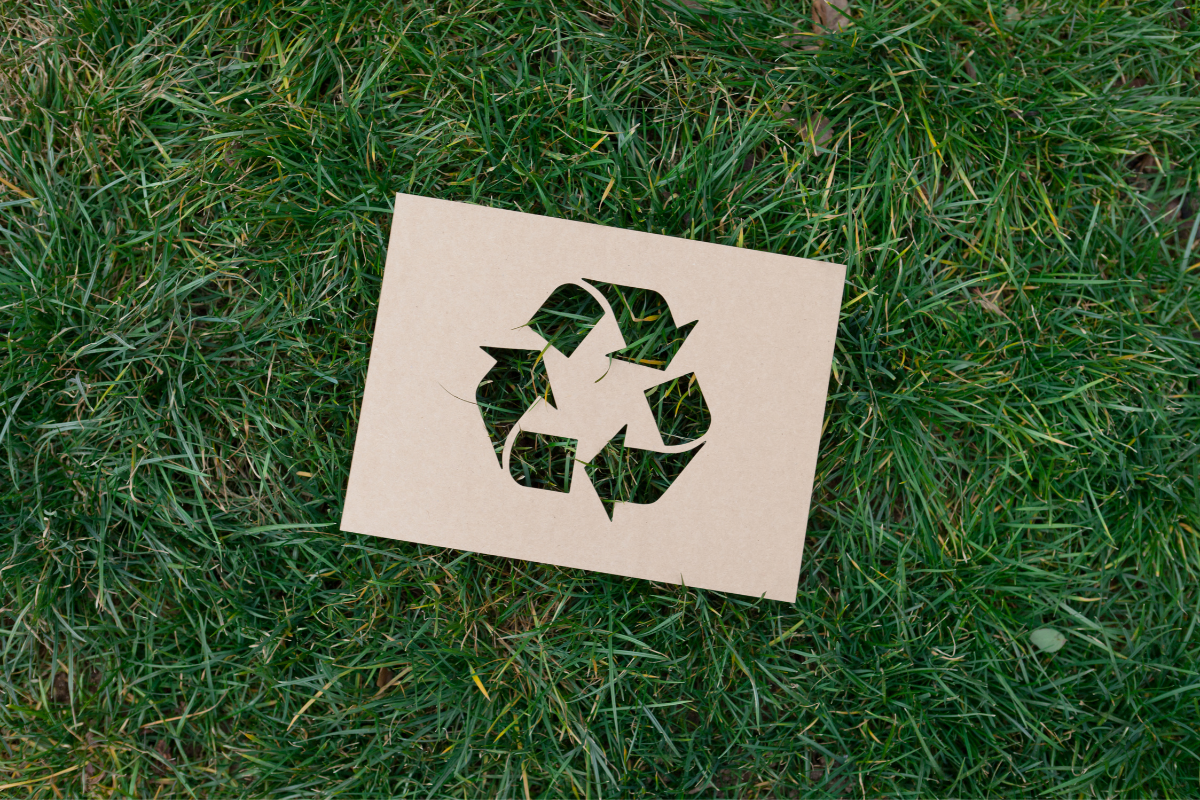Ways to Run a More Sustainable Home Project
Sustainability has become increasingly topical and its importance is ever growing alongside the demands of our environment. Sustainability starts at home. If you’re planning on completing a DIY project, take some time to think about the ways in which you could make your mission more sustainable.

Published
Sustainable DIY
Sustainability starts at home. If you’re planning on completing a DIY project, take some time to think about the ways in which you could make your project more sustainable. It is important to pay attention to materials, design and waste. We’ve put together some things to consider to make your home project more sustainable.
Upcycling
We all have things that we don’t need. Upcycling allows you to convert unwanted items into new opportunities, saving them from going to landfill. This also lessens the need for new production, reducing air and water pollution created through the manufacturing process whilst conserving natural resources. You can use existing items or find them second hand. For example, discarded tin cans used for soups or beans can be converted into plant pots or candle holders when re-decorated.

Borrow or Rent tools
You can also reduce the environmental pressures of manufacturing by using second hand tools as well as materials. When completing a one-time project, there is often no need to buy new equipment, why not find it second hand or borrow it from a friend or neighbour? This would save you money and reduce production demands such as air pollution and water use.
Apps and websites, such as Fat Llama, exist to help you with this by allowing you to borrow and rent useful items, avoiding the production and transportation of new products, therefore reducing carbon dioxide emissions. They also allow you to try items that you may need in the long term before buying them yourself, ensuring that purchases are worthwhile.

Use Sustainable Products and Materials
It is always worth doing some research before starting your project; knowing the source and content of your materials is important. Using sustainable materials could save you money and allow you to do your bit for the environment.
EnviroBuild’s Hyperion wood-polymer consists of 60% recycled wood and 40% recycled polyethylene, offering a brilliantly sustainable alternative to more traditional materials for decking, cladding and fencing. Our Sisu range of beautiful luxury vinyl floor tiles are also created using recycled materials and are the most sustainable on the market. EnviroBuild materials are also sustainable in their upkeep, lasting longer and requiring less maintenance than more traditional products. By using recycled content, we are reducing the amount of waste going to landfill whilst also donating 10% of profits to sustainable causes. Click here to order your free sample pack now.
Many traditional paints contain chemicals that require a lot of energy to manufacture and produce toxic waste that can disrupt your health as well as the environment. One tonne of paint can produce an astonishing 10 tonnes of waste, causing a great amount of harm. Sustainable alternatives are available, which contain less chemicals and are mostly water or plant-based. For example, Auro ensures that their materials are sourced sustainably and that any excess paint can be composted naturally.
Get Expert Advice
Try to avoid completing unnecessary projects and over-collecting materials as it may create waste that could otherwise be prevented. Some companies offer calculators to help you figure out dimensions in order to ensure that appropriate materials are collected, you can find our calculator here. We also offer excellent advice, consultations and support; call us for free on 020 8038 9291.

Recycle Waste
Ensure that, where possible, any waste produced through your project is recycled. Plastic can take up to 1,000 years to decompose in landfill, batteries can take 100 years and styrofoam does not biodegrade at all. Any discarded items should be recycled, sold, given away or repurposed where possible.

When sourcing, crafting and disposing of materials during DIY, try to integrate these simple sustainable decisions into your project to help make a difference.
